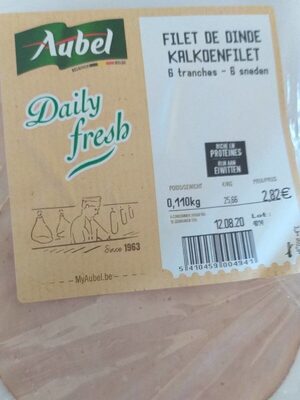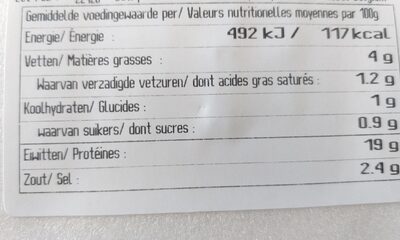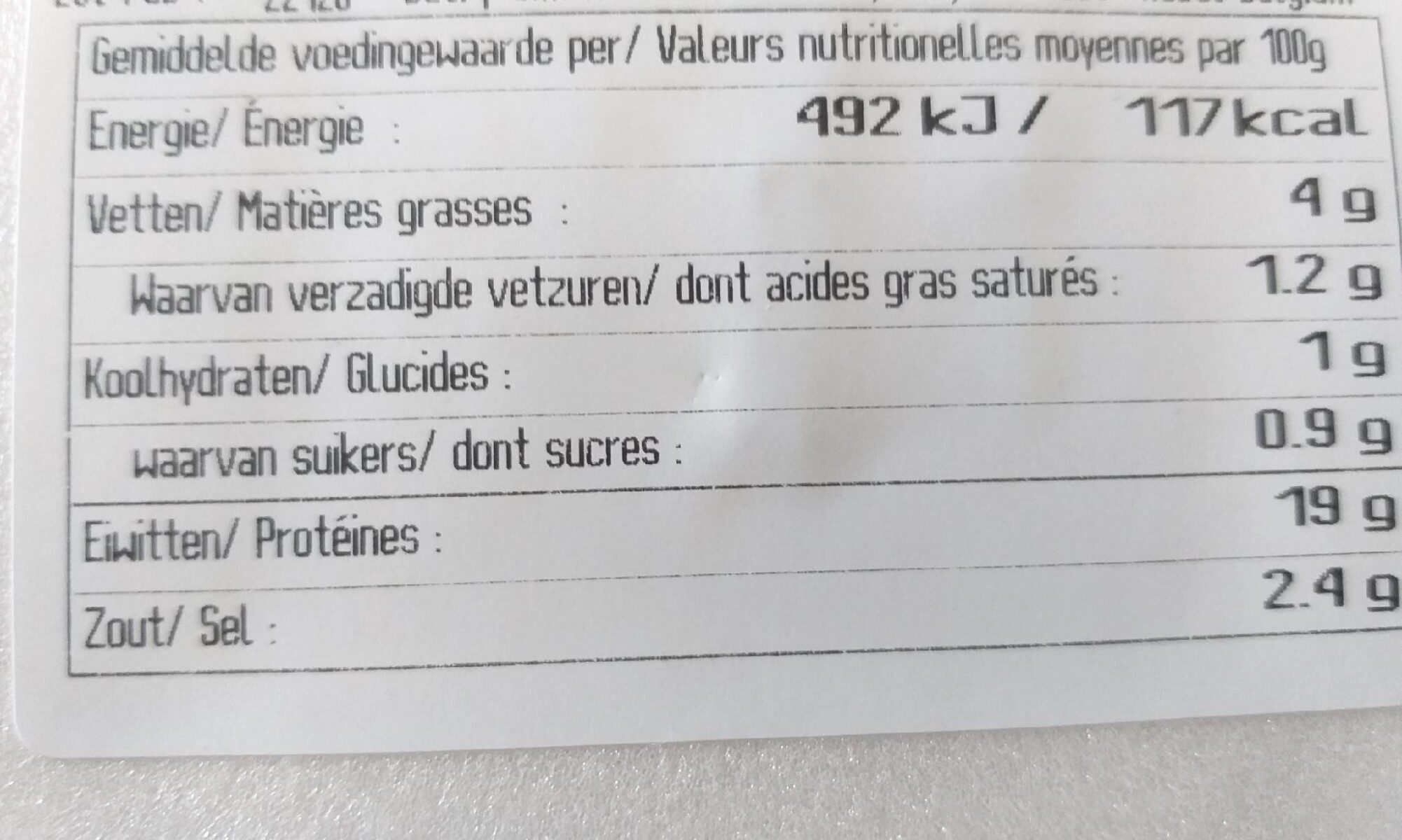Filet de dinde - aubel - 110g
This product page is not complete. You can help to complete it by editing it and adding more data from the photos we have, or by taking more photos using the app for Android or iPhone/iPad. Thank you!
×
Barcode: 5410459004941 (EAN / EAN-13)
Quantity: 110g
Packaging: Vacuum-packed
Brands: Aubel
Categories: Meats and their products, Meats, Prepared meats, fr:Charcuteries cuites
Labels, certifications, awards: Source of proteins, High proteins
Origin of ingredients: Belgium
Manufacturing or processing places: Aubel
Traceability code: 5416
Countries where sold: Belgium
Matching with your preferences
Environment
Packaging
Transportation
Threatened species
Report a problem
Data sources
Product added on by openfoodfacts-contributors
Last edit of product page on by packbot.
Product page also edited by kiliweb, yuka.BLx8YfG1BMp6B_Dw6awTgRLnKs7qI8FQI3VQow.









